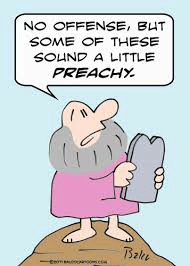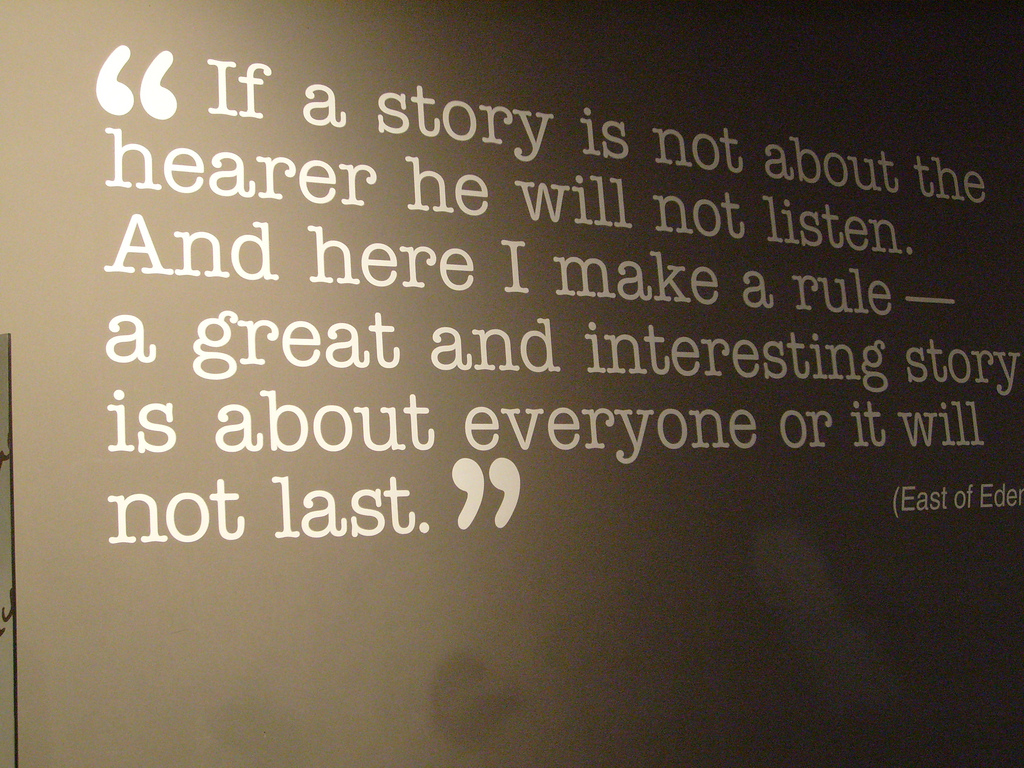Thanks to my pal Kevin Avery at The Fish in Atlanta for his creative musing on success.
Kevin and his talented pal Taylor’s morning show just so happens to be #1 in Women 25-54 in Atlanta, a very competitive radio market of 4.5 million people! So, maybe Kevin knows something worth hearing (‘cept #4, perhaps!)

The 10 Commandments of John Frost!
10) Thou shalt take the first exit!
9) Thou shalt give the listener ‘hugs’!
8) Thou shalt get to the point!
7) Thou shalt reflect back the listeners values!
6) Thou shalt love children!
5) Thou shalt love childrens’ mommas!
4) Thou shalt talk baseball with me whenever I visit!
3) Thou shalt tattoo the values pyramid on the inside of thou’s eyeballs!
2) Thou shalt be relevant!
1) Thou shalt be enthused about being in the best format in the world!

 I first met John Moore in Nashville at a GMA event. He was a guest speaker, and wanted to meet my friend Jon Spoelstra. The next day I saw him speak about Starbucks, and how they managed the brand through their marketing.
I first met John Moore in Nashville at a GMA event. He was a guest speaker, and wanted to meet my friend Jon Spoelstra. The next day I saw him speak about Starbucks, and how they managed the brand through their marketing. Most people in your town have never heard of your radio station.
Most people in your town have never heard of your radio station. Quick! Name a TV dad that is portrayed as a positive role model! How about in the movies?
Quick! Name a TV dad that is portrayed as a positive role model! How about in the movies? Programming a successful radio station can often seem like jumping on a moving train. It’s challenging enough for a programmer to simply find time to listen to the station or meet with the air staff, much less actually plan the next event.
Programming a successful radio station can often seem like jumping on a moving train. It’s challenging enough for a programmer to simply find time to listen to the station or meet with the air staff, much less actually plan the next event.